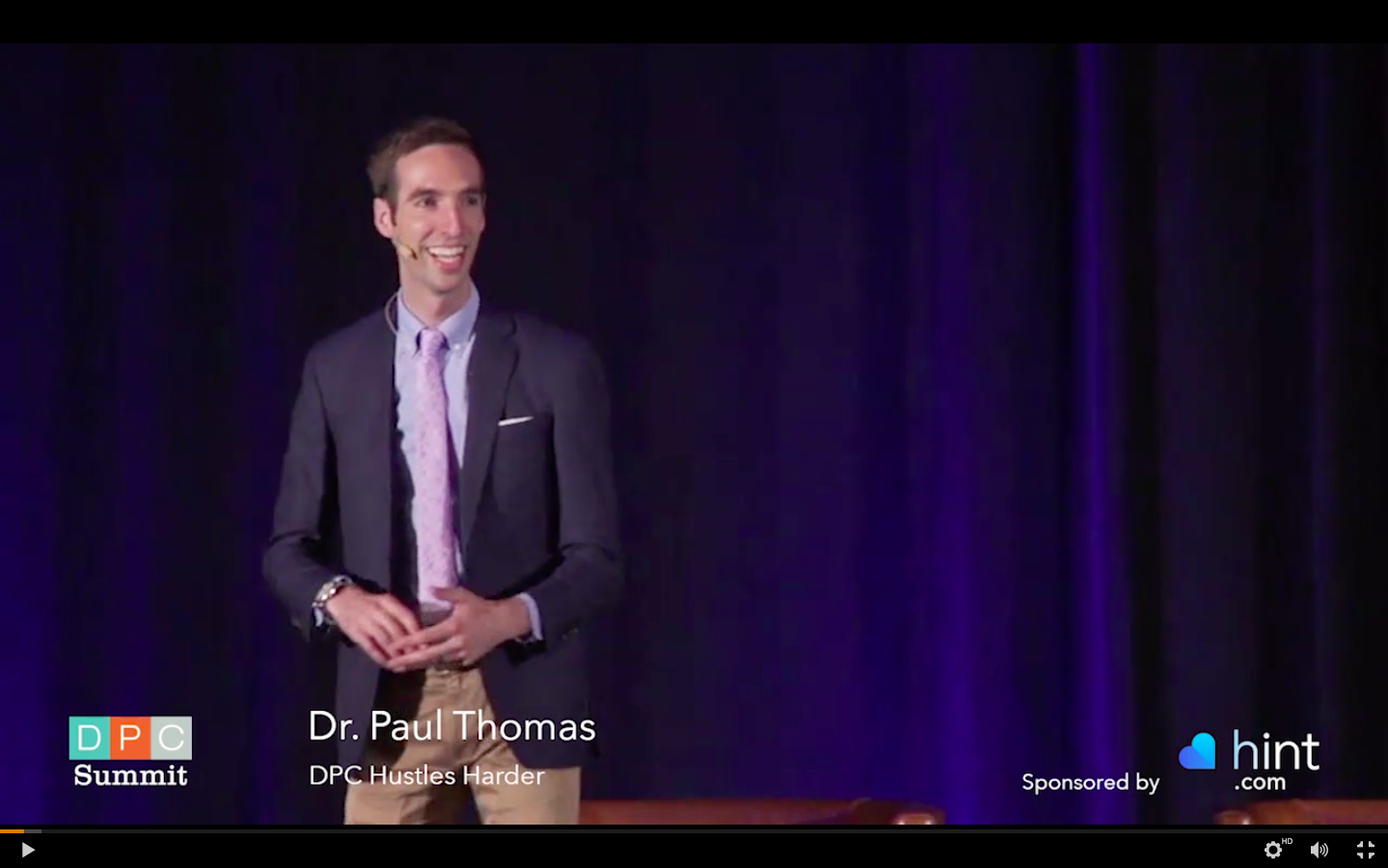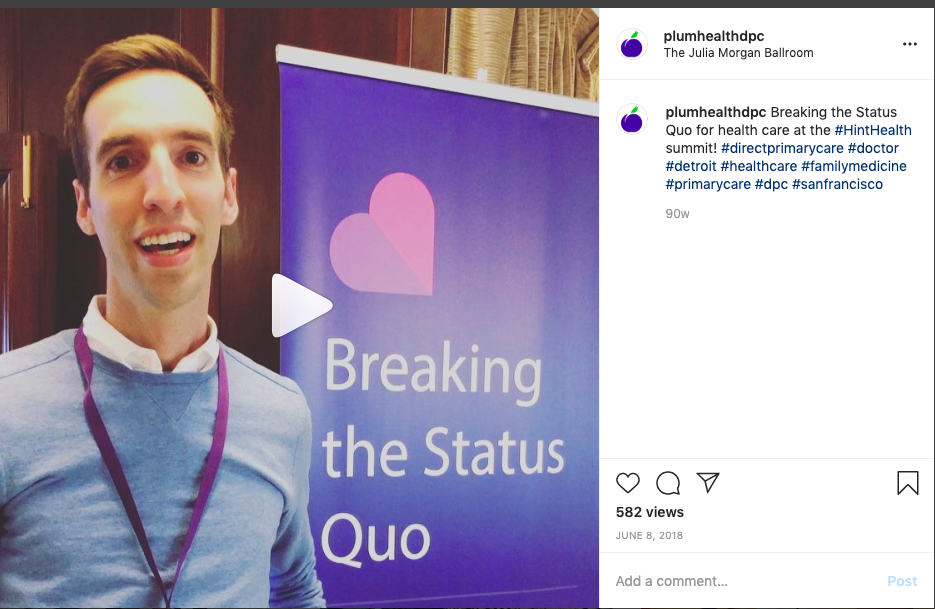How Long Will it Take to Fill My Direct Primary Care Practice?
Recently, I was asked how long it will take to fill a direct primary care practice with patients. This is a difficult question to answer because it depends on so many variables. It depends on your qualities as a physician, your personal brand equity in your community, the effectiveness of your branding and marketing efforts for your new business, your price points, and the value of your service.
A Basic Scenario for Filling Your Direct Primary Care practice
Let’s start by setting a target. If your target patient panel is 600 patients for your direct primary care practice, and you have an average of 25 new members each month, with 0 attrition, it will take you 24 months to get full.
Now, let’s factor in an attrition rate of 5 per month, so a net growth of 20 patients per month. In this scenario, it will take you 30 months or 2.5 years to get full. This sounds realistic, but in my experience it may take even longer.
Advice from a Successful Direct Primary Care Doctor, Ryan Neuhofel
For example, I talked to one of my mentors about this, Dr. Ryan Neuhofel, and he told me “it will take you 1,000 patients to get to 600.” And this is probably closest to the truth. Let’s say you enroll 28 new members each month for 36 months.
At the end of that 3-year period or that 36-month period, you’ll have 1,008 patients. If your attrition rate is 11 patients each month, you’ll have lost 396 patients over that period of time. This will leave you with a full panel of 612 patients.
Statistics from the American Academy of Family Physicians on Filling your Direct Primary Care practice
I wanted to include some statistics from the America Academy of Family Physicians (AAFP) on this subject, even though the sample size was small. According to the AAFP, the average DPC panel size is 345 patients. The average target panel size is 596 patients.
Only 17 percent of DPC practices have achieved their ideal panel size. Of those that have achieved their ideal panel size, the average time to achieving a full panel was 20 months.
So basically, most direct primary care doctors go into this venture wanting to reach 600 patients. For whatever reason, only 17 percent of doctors achieve this ideal panel size, while most doctors are hovering around 350 patients. Now, this data may not be the best data because of a small sample size, or it may have interviewed more doctors who are still in the growth phase and fewer doctors who are full. Perhaps the fuller doctors were too busy to complete the survey?
Important Considerations when Filling Your Direct Primary Care Practice
However, I did want to pose two important questions:
First, knowing this information, would you change your starting price point? That is, if you were planning on charging $50 per month wanting to get to 600 members and ultimately $30,000 in revenue each month, would you consider charging $85 per month knowing that you’d likely have only 350 members in your practice?
Again, there is no perfect answer, but I wanted to leave this here for your consideration.
Second, knowing that only 17% of direct primary care doctors reach their full panel size, wouldn’t you want to have every advantage possible when planning, starting, and growing your direct primary care practice? This 17% success rate is why I’ve created the resources on this site - to help direct primary care doctors succeed in the Startup DPC process.
Direct Primary Care Book
This passage is taken from my forthcoming book that will be published later this month on Amazon. If you’d like to know about the book publication and when it’ll be available, simply leave your email address here:
HOW CAN I LEARN MORE ABOUT STARTING A DIRECT PRIMARY CARE PRACTICE?
If you enjoyed reading this blog post and if you want to learn more about starting and growing your direct primary care practice, look no further than our courses on how to start and grow your direct primary care practice. We at Startup DPC have begun compiling some of the best content available on this blog and in our courses.
The best place to start is to take our Direct Primary Care Business Plan course, available here. From there, you can learn how to attract new patients to your direct primary care practice and how to find the perfect location or build out the practice of your dreams.
Thanks for reading and watching, and best of luck in your direct primary care journey!
- Dr. Paul Thomas with Startup DPC








